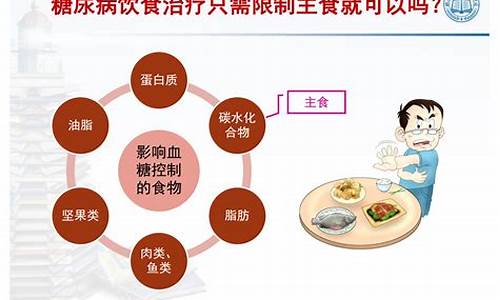Living a healthy life is a goal many strive to achieve, but there are several misconceptions that can hinder our progress. From diet myths to fitness fallacies, many of us unknowingly adopt habits that aren’t truly beneficial to our well-being. In this article, we will explore common health misconceptions, uncover the truths behind them, and provide practical advice for making healthier choices. Understanding the difference between myths and facts is key to achieving a balanced, healthy lifestyle.
1. The Myth of “All Calories Are Equal”
One of the most common misconceptions in the health world is that all calories are the same. While it’s true that calorie intake plays a role in weight management, the quality of the calories you consume matters just as much. For example, 100 calories from a sugary snack have a very different impact on your body than 100 calories from whole, nutrient-dense foods like vegetables or lean protein. Focus on whole foods that provide essential vitamins and minerals rather than empty-calorie snacks.
2. “Carbs Are the Enemy” – Not Quite!
Many people believe that cutting out carbohydrates entirely is the key to weight loss. However, carbohydrates are an essential macronutrient that our body uses for energy. The key is choosing the right kind of carbs—whole grains, fruits, and vegetables—as opposed to refined carbs like white bread and sugary treats. Carbs, when consumed in balance, can be a part of a healthy diet that supports long-term well-being.
3. Exercise Doesn’t Have to Be Intense to Be Effective
While intense workouts can certainly provide great results, they are not the only way to stay fit. Moderate exercise, such as walking, yoga, or swimming, can offer numerous health benefits without the risk of overexertion or injury. Consistency is more important than intensity when it comes to maintaining a healthy lifestyle.

4. You Don’t Need to Drink Eight Glasses of Water a Day
The “eight glasses of water” rule is widely circulated, but it isn’t based on individual needs. Hydration varies depending on factors such as body size, activity level, and climate. The key is to listen to your body and drink when you are thirsty. In addition to water, foods like fruits and vegetables can also contribute to hydration.
Conclusion: Achieving a Balanced, Healthy Life
In conclusion, healthy living is not about following rigid rules or subscribing to popular myths. It’s about making informed choices that support your physical and mental well-being. By understanding the truths behind common misconceptions, you can create a lifestyle that is sustainable and promotes long-term health. Whether it’s understanding the importance of a balanced diet or finding the right exercise routine for your body, small adjustments can lead to big improvements in your quality of life.